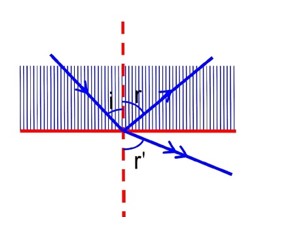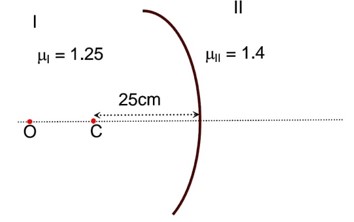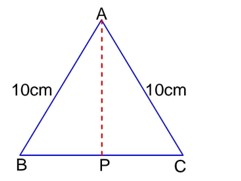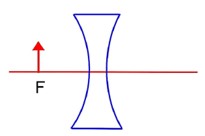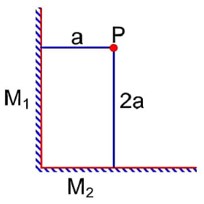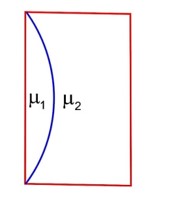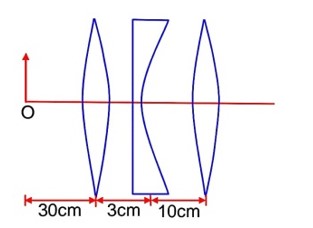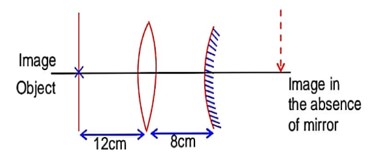Physics Ray Optics and Optical Instruments
Get insights from 142 questions on Physics Ray Optics and Optical Instruments, answered by students, alumni, and experts. You may also ask and answer any question you like about Physics Ray Optics and Optical Instruments
Follow Ask QuestionQuestions
Discussions
Active Users
Followers
New answer posted
2 months agoContributor-Level 10
Since direction of incident ray (DIR) is from left to write, so considering refraction at point M, we can write
->
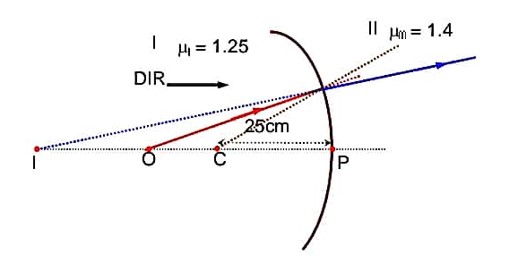
New answer posted
2 months agoContributor-Level 10
As observer is at O So height of water observed by observer
given diagram (17.5 - H) is height of observer
7H = 70
H = 10
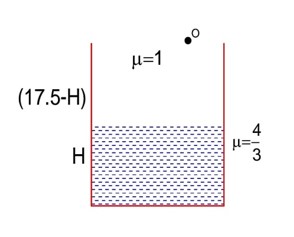
New answer posted
2 months agoContributor-Level 10
As image coincides with the object, image formed by convex lens should be at the centre of curvature of the convex mirror. If the convex mirror is removed, then, also, image formed the convex lens is at the same location.
Distance of image from object = 12 + 8 + 2 * 15 = 50 cm
New answer posted
2 months agoContributor-Level 10
For mirror
Velocity of image w.r.t. mirror
Velocity of object w.r.t. mirror
m magnification
Taking an Exam? Selecting a College?
Get authentic answers from experts, students and alumni that you won't find anywhere else
Sign Up on ShikshaOn Shiksha, get access to
- 65k Colleges
- 1.2k Exams
- 682k Reviews
- 1800k Answers

